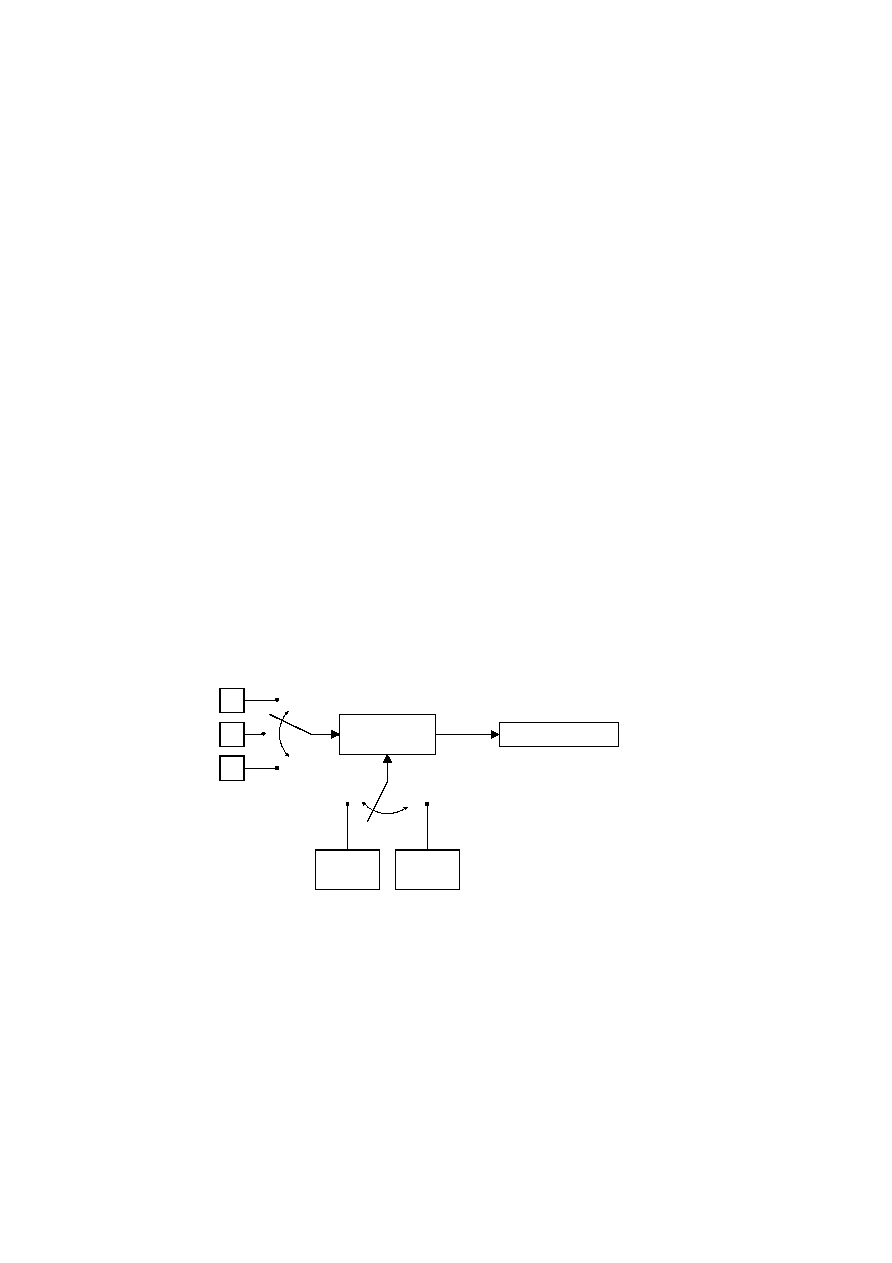
either Huffman or arithmetic coding.
which use samples with other precisions can use either 8-bit or 12-bit precision by shifting their source image samples
appropriately. The baseline process uses only 8-bit precision. DCT-based implementations which handle 12-bit source
image samples are likely to need greater computational resources than those which handle only
8-bit source images. Consequently in this Specification separate normative requirements are defined for 8-bit and
12-bit DCT-based processes.
on the sample values in order to achieve compression. There is another major part as well the procedures which control
the order in which the image data from multiple components are processed to create the compressed data, and which
ensure that the proper set of table data is applied to the proper data units in the image. (A data unit is a sample for lossless
processes and an 8
multiple sets of table data, when performing its encoding procedures. The source image in this example consists of the
three components A, B and C, and there are two sets of table specifications. (This simplified view does not distinguish
between the quantization tables and entropy coding tables.)
beginning component B, and then in turn all of B before C. Encoding is interleaved if the encoder compresses a data unit
from A, a data unit from B, a data unit from C, then back to A, etc. These alternatives are illustrated in Figure 12, which
shows a case in which all three image components have identical dimensions: X columns by Y lines, for a total of n data
units each.